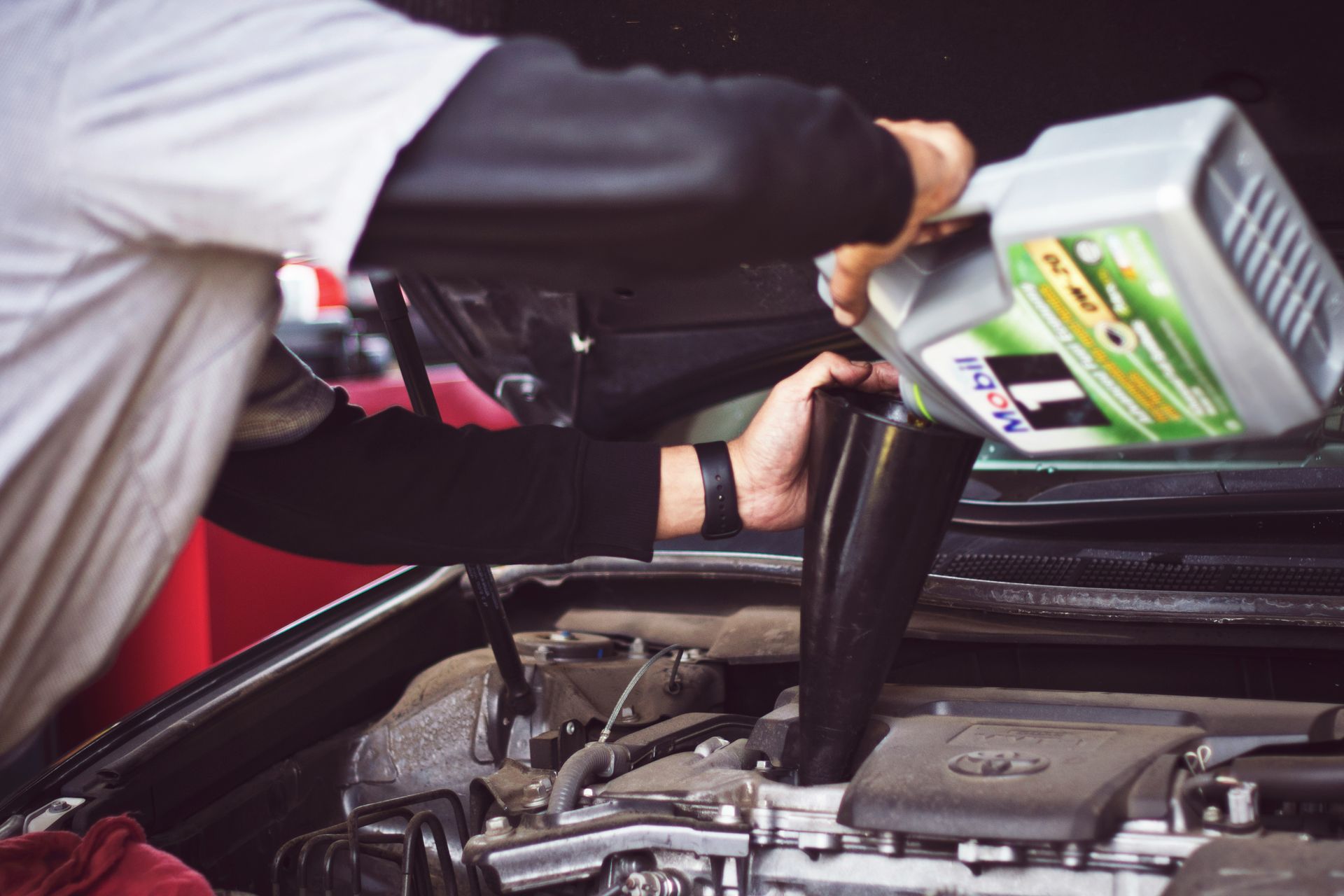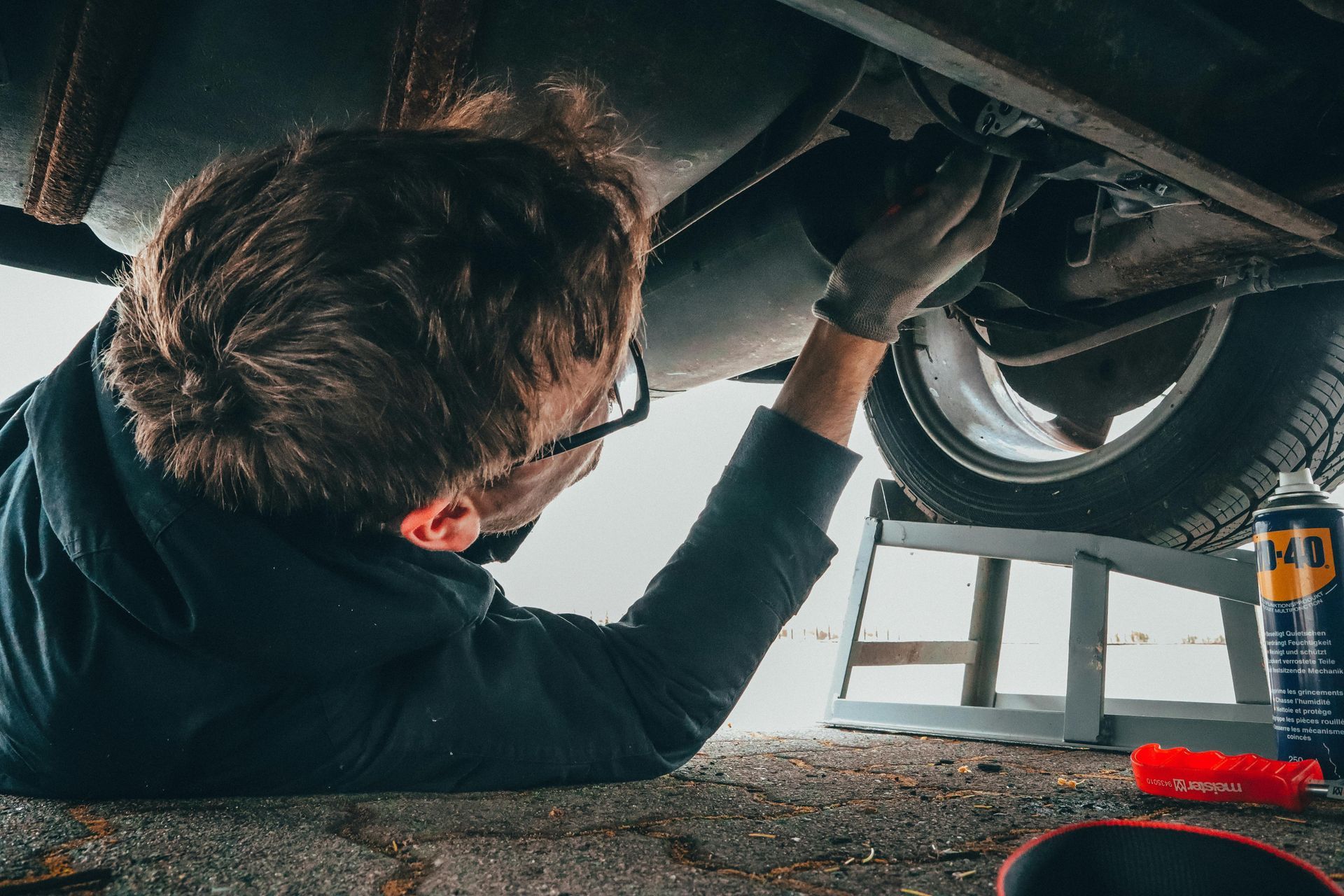Best Practices for Driving in Winter
Driving in winter can be a challenge and we often see an increased number of incidents in the colder months due to icy roads, reduced visibility and other weather-related hazards.
To stay safe while driving in winter conditions, we recommend the following:
- Check the weather – Ahead of your journey, always check the weather forecast and road conditions. This gives you the opportunity to make additional preparations or postpone your journey if required.
- Clear snow and/or ice – In more extreme weather conditions, it is important that you clear all snow and ice from the vehicle, including windows, mirrors, headlights and brake lights. This prevents snow coming off your vehicle in front of you or other drivers, whilst also bettering your visibility.
In addition, modern vehicles rely on sensors mounted on the vehicle exterior for advanced safety systems, such as autonomous braking, among others. These sensors must therefore be free from road dirt, snow and ice. - Increase your distance – You should increase the distance between your vehicle and the vehicle in front of you. You require a larger stopping distance on slippery roads, so this extra space can help you avoid collisions.
- Adopt a smoother driving style – In ice especially, you should avoid sudden braking, which can cause skidding. Instead, you should brake early and gently. Engine braking may also help, which is the process of slowing the car down by releasing the accelerator and shifting down through the gears, rather than using the footbrake. You should also avoid sudden steering movements.
- Carry additional supplies – Extreme weather conditions can lead to an increase in road accidents, which may mean you get stuck in traffic for extended periods of time. You should keep additional supplies in your vehicle, such as blankets, snacks, water, additional clothing and a torch. It is also important to ensure you have a full tank of fuel, or full charge if you have an electric vehicle.
Most of all, it’s important to act with caution and patience in extreme winter weather conditions. Your safety and the safety of other road users is of the highest importance.












